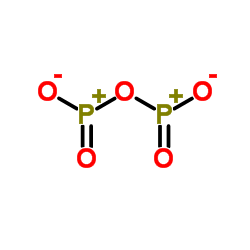| Structure | Name/CAS No. | Articles |
|---|---|---|
 |
Phosphorus pentoxide
CAS:1314-56-3 |
|
 |
Boron oxide
CAS:1303-86-2 |